Sociolinguistic Parallels across Europe: Focus on Lowland Scotland and the Eastern Slavic Countries
This book is devoted to comparisons of the linguistic situation established by English and Scots in Lowland Scotland, with situations observed in the East Slavic countries and constituted by pairs of closely cognate languages, i.e. Russian, on the one hand, and Ukrainian and Belarusian on the other. Such comparisons have become a popular approach in the field of Scots studies. The process of language change evolving along with social changes in Scotland is are studied. In this respect, East Slavic languages, which are closely cognate, provide abundant material for observation. It is their closeness manifested by mutual intelligibility as well as the closeness of their fortunes and the way they co-exist in today's Ukraine and Belarus that make East Slavic languages quite appropriate for comparisons with English and Scots in Lowland Scotland. The first five chapters of the book are devoted to just that. The focus is on some historical and sociolinguistic parallels between Scots and Ukrainian as well as Scots and Belarusian, and it compares the key stages and trends in their social history proceeding from the Middle Ages to the present day. For all the structural and functional dissimilarity and geographical remoteness of Scots and the mentioned Slavic languages, one can make interesting observations regarding their social development. A number of sociocultural factors are used to effect the development of the native languages in Scotland and in the East Slavic countries. Some of them are singled out and compared from a historical perspective.Three other chapters of the book deal with the sociocultural interaction between Scotland and Russia, focusing on the toponyms derived from Scottish personal names found in the territory of the former Russian Empire. As is known, Scotsmen constituted a considerable part of the Western immigrants in Russia, as they were active participants of all the major historical events in Europe. There is a number of toponyms of Western European origin in Russia, some of which date back to Scottish personal names. Such place-names constitute a humble, but noteworthy part of the Scottish legacy in Russia. Some of them luckily survived the Soviet Union’s epoch and its passion for renaming. Quite surprisingly, this stratum of the Russian toponymy has never been systematically studied. Here, the author summarizes some observations regarding the Russian place-names of direct and indirect Scottish origins, tracing back their history as well as the history of the families behind these names. A morphological analysis of the place-names is provided to reveal the word-building patterns involved. Finally, the author includes a short chapter dealing with a striking example of parallel lexical development in Shetland Norn and Old Russian resulting in two words, which are not necessarily immediately related, but are very close in form and meaning to one another. This peculiar instance of lexical likening can shed more light on the universally recognized etymologies. The topic of this chapter matches those of the previous ones in terms of geography, as the phenomena described in it also refer to Scotland and the East Slavic world.The above-mentioned material has never been considered at this angle, and this is what makes this study new and topical.
{{comment.content}}
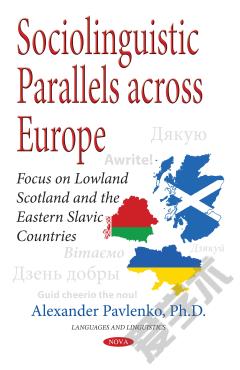
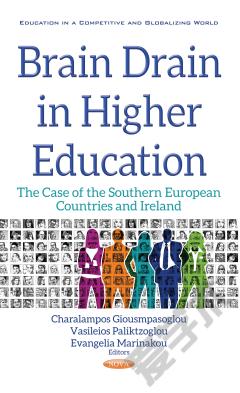

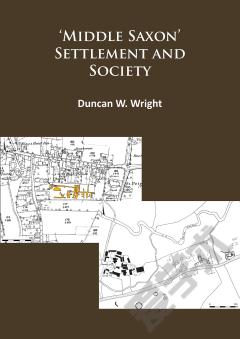
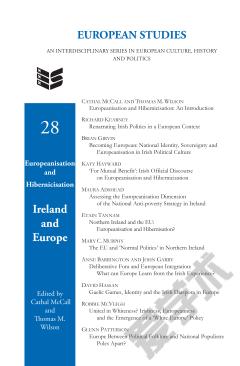
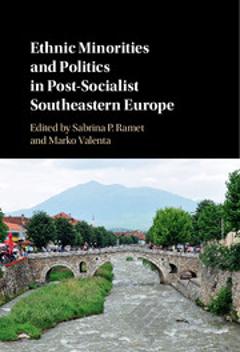


 京公网安备 11010802027623号
京公网安备 11010802027623号